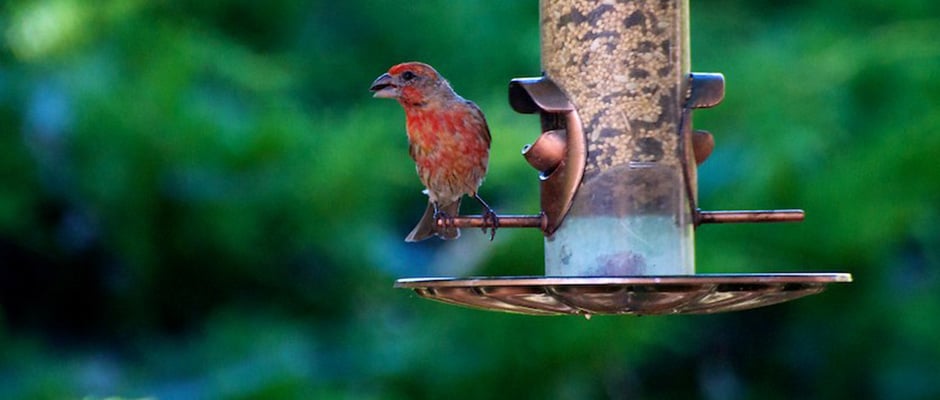Share this article
Common Bird Conservation Boosts City Economies
The conservation and feeding of common birds contributes to city economies to the tune of millions of dollars a year, according to a new study.
“People are very engaged with birds that commonly occur in their yards,” said John Marzluff, a professor of environmental and forest sciences at the University of Washington and co-author of a study published recently in Urban Ecosystems. “We’re looking at the feedbacks between people and birds in the city.”
Researchers conducted in-depth interviews of residents in a multinational study that was the joint result of almost a decade of research conducted in Seattle and Berlin, Germany. They asked around 600 residents of those cities first whether they liked two different species of birds or not. If their answers were positive, they were asked how much money they would spend to help boost populations of the bird species. If negative, they were asked whether they would spend money to contribute to help control or remove birds if they were causing various problems. Researchers also asked whether the people already spent some amount of money on birds.
“We wanted them to put a value on their stated preference for an animal,” said Marzluff, who was involved in the Seattle end of the research.
Based on these numbers, Marzluff said that households there would pay $72 on average per year on backyard birds. Extrapolated to a total, they found this number would result in Seattleites forking out around $120 million a year toward common backyard birds and Berliners paying around $70 million annually.
“People really do like birds and spend money on them. They’re also willing to pony up money if those common birds are an issue.”
Researchers in both cities also found that people were more likely to spend money on birds in less densely populated urban areas, likely because the latter areas have more homeowners and fewer renters.
But not all birds draw the same capital. In order to draw similar results, researchers chose two species that both had similar cousins in Germany and in the northwest of the U.S. — crows and finch species. Rather than asking residents about the species, they showed them pictures of the birds before asking how people felt about them.
Finches drew more dollars than corvid species in both cities, but due to local perceptions on crows being a nuisance, the corvids fared a lot worse in Seattle than in Berlin.
Marzluff said that although these numbers were derived from estimates coming in part from how much people said they would spend on birds, he believes the amount of birdfeed and other bird-related goods that stores sell is actually much higher.
Header Image:
A house finch at a bird feeder. A new study finds that city residents are willing to spend millions each year on conservation of common birds.
Image Credit: Don DeBold via flickr








